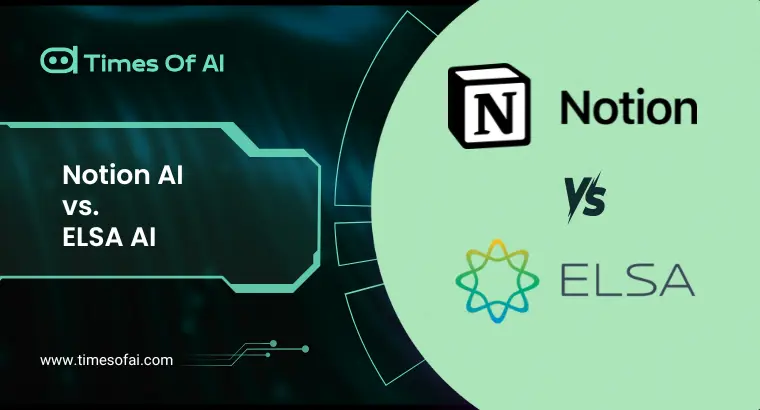
Intel CEO presented the Lunar Lake chip architecture along with the launch of Xeon 6 at Computex 2024 in Taipei, Taiwan. The Lunar Lake processors feature a hybrid-core architecture, combining high-performance LionCopy cores with high-performance Skymont e-cores for efficient task allocation. Compared to the previous e-core, this approach improves instructions per clock (IPC) by 14% and integer performance by 38%.
The combination of 4 Neural Processing Units (NPU) provides a massive 4.36x improvement in performance over the older generation, up to 48 trillion operations per second (TOPS). It has 12 times the vector performance, 4 times the AI TOPS, and 2 times the memory bandwidth compared to its predecessor. The all-new Xe2 graphics system enables Lunar Lake for both business and entertainment, offering up to 67 TOPS AI functions.
At Computex 2024, Intel’s CEO Pat Gelsinger said, “The magic of silicon is once again enabling exponential advancements in computing that will push the boundaries of human potential and power the global economy for years to come.”
Lunar Lake processors offer a conversion configuration choice of 16GB or 32GB of Low-power double data rate 5X (LPDDR5X) memory integrated directly into the package, reducing latency and power consumption, eliminating post-purchase memory upgrades, and improving performance and performance benefits. Lunar Lake processors offer 60% better battery life compared to previous generations, allowing users to work and create content for longer periods of time without needing to recharge. Advanced connectivity is also a priority for Lunar Lake, which supports the latest standards such as Wi-Fi 7, Bluetooth 5.4, PCIe Gen5, Thunderbolt 4, and more to ensure seamless connectivity across peripherals and ultra-fast data transfers.
Overall, Intel’s Lunar Lake processor aims to revolutionize the AI PC market, and by 2027, 60% of new Intel PCs will be AI PCs, reports Canalys, the technology research firm.
On April 9, Intel announced the Gaudi 3 AI Accelerator, a state-of-the-art technology poised to transform artificial intelligence by offering improved performance and efficiency. The introduction of the Gaudi 3 reflects Intel’s commitment to meeting the increasing demands of AI workloads, enabling businesses and researchers to explore opportunities.
This announcement signifies an advancement in Intel’s ongoing efforts to enhance AI capabilities and push boundaries. Intel specifically designed the Gaudi 3 AI accelerator to meet the high-performance demands of AI workloads in data centers. Intel positions the Gaudi 3 as a viable alternative to current market solutions, providing competitive performance at a cost-effective price point that appeals to businesses seeking AI capabilities without exceeding their budget.
The success of the latest Gaudi 3 chip depends on its efficiency, cost-effectiveness, and reception within the AI community. It also holds the potential to shake up the market. Availability plays a key role in this scenario. Ensuring that the desired product or service is easily accessible and obtainable is vital.
This factor significantly influences user convenience and satisfaction. Industry sources indicate that the third quarter of 2024 will see the release of the much-anticipated client processors, the Lunar Lake processors.
Intel recently announced an upcoming release of over 80 AI PC designs created by a team of 20 different original equipment manufacturers (OEMs). Their target is to distribute 40 million AI PC processors by the end of the year. However, they have not yet disclosed the specific launch dates and details regarding the Xeon 6 server processors and the Gaudi 3 AI accelerator.





